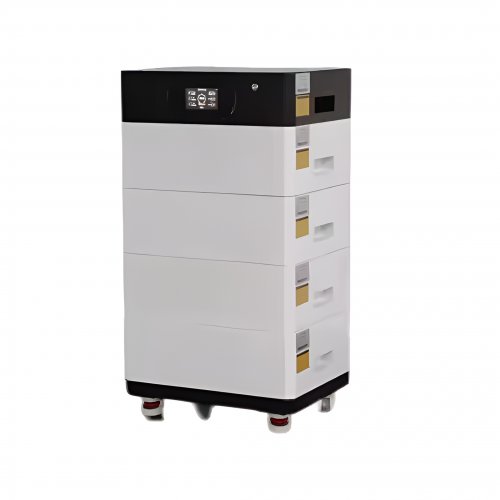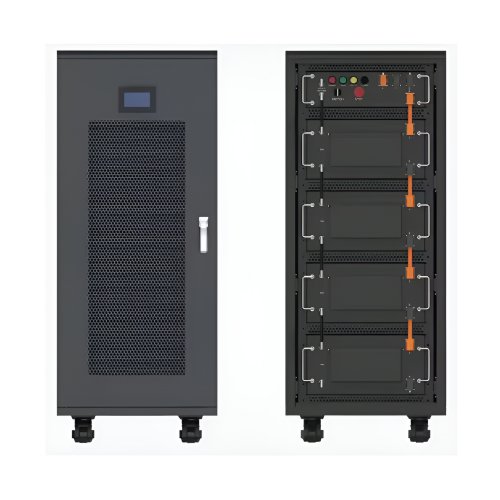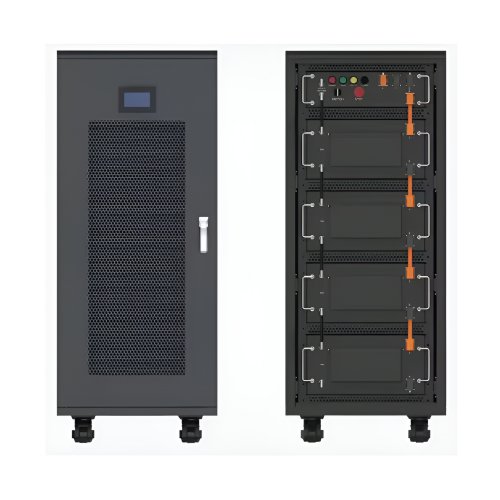Lifepo4 Battery Industry News: Surging Demand And Innovation Drive Market Expansion
The Lithium Iron Phosphate (LiFePO4 or LFP) battery industry is experiencing a period of unprecedented growth and transformation. Once considered a niche technology primarily for specialized applications, LFP chemistry has surged to the forefront of the global energy storage conversation, challenging the long-held dominance of nickel-manganese-cobalt (NMC) batteries. Driven by its inherent advantages in safety, longevity, and cost-effectiveness, the LFP sector is buzzing with strategic expansions, technological breakthroughs, and shifting supply chain dynamics.
Latest Industry Developments: Capacity Expansion and Strategic Moves
A primary trend dominating the LFP news cycle is the massive scale of capacity expansion announced by major players across the globe. Chinese manufacturers, who currently command a significant majority of the global LFP production capacity, are leading this charge. Contemporary Amperex Technology Co. Limited (CATL) and BYD continue to invest billions in new gigafactories dedicated to LFP production, aiming to secure their market leadership amidst soaring demand from the electric vehicle (EV) sector.
Beyond China, there is a concerted effort in North America and Europe to localize supply chains and reduce dependency on a single geographic region. Recent legislation, such as the U.S. Inflation Reduction Act (IRA), provides strong incentives for domestic battery manufacturing and sourcing of critical materials. In response, companies like American Battery Factory (ABF) are moving forward with plans to establish a network of LFP cell gigafactories in the United States. Similarly, in Europe, several startups and established energy giants are announcing partnerships to build large-scale LFP production facilities, recognizing the chemistry's suitability for both electric mobility and stationary storage systems.
The automotive industry's pivot is another critical development. Major automakers, including Tesla, Ford, and Volkswagen, have publicly committed to incorporating LFP batteries into a growing portion of their vehicle portfolios, particularly for standard-range models. Tesla’s widespread use of LFP chemistry in its Model 3 and Model Y standard range vehicles has been a significant catalyst for this shift. This automaker endorsement validates LFP's performance and provides long-term demand visibility for battery producers.
Trend Analysis: Beyond Cost to Core Strengths
The initial driver for LFP's resurgence was its lower cost, owing to the absence of expensive cobalt and nickel. However, the current trend analysis reveals that the industry is increasingly marketing LFP’s intrinsic technical advantages beyond mere economics.
1. Safety as a Paramount Feature: The superior thermal and chemical stability of LFP chemistry makes it far less prone to thermal runaway and fires compared to high-nickel NMC batteries. This safety characteristic is becoming a primary marketing tool, especially for applications in residential energy storage, where batteries are installed inside homes, and for urban public transportation. 2. Long Cycle Life Drives TCO: The exceptionally long cycle life of LFP batteries—often exceeding 3,000 to 6,000 cycles—is a key factor reducing the total cost of ownership (TCO). This makes them ideal for applications where the battery is expected to undergo frequent and deep charging and discharging, such as in commercial energy storage, solar power backup, and electric buses. 3. Technology Innovation Closes Performance Gaps: Historically, LFP batteries were criticized for lower energy density. However, continuous innovation is rapidly closing this gap. Developments like CATL's "cell-to-pack" (CTP) and BYD's "Blade Battery" technologies have significantly improved the volumetric energy density at the pack level, making LFP a viable option for a wider range of EVs without significant range penalties. 4. Supply Chain and Sustainability: The avoidance of cobalt addresses major ethical concerns and supply chain risks associated with cobalt mining. Furthermore, the potential for lithium iron phosphate cells to be recycled more easily and the use of more abundant raw materials position LFP as a more sustainable long-term solution in the eyes of many policymakers and manufacturers.
Expert Perspectives: Cautious Optimism and Future Challenges
Industry experts largely express optimism about the future of the LFP market but caution that several challenges need navigation.
Dr. Elena Rodriguez, a materials scientist specializing in energy storage, notes, "The LFP renaissance is not a fluke; it's a rational market response to the need for safer, more durable, and ethically sourced batteries. The innovation isn't stopping at pack design; we are seeing promising research into manganese-doped LFMP chemistries and novel nano-structuring of cathodes to push energy densities even higher."
From an investment standpoint, Michael Chen, a clean technology analyst, highlights the geopolitical dimension: "While China's dominance in LFP is currently unassailable, the IRA is a game-changer. We are witnessing a flood of capital into North American LFP projects. The real test will be building a complete, localized supply chain for precursor materials like lithium iron phosphate, not just cell packaging, to truly capture the value and ensure security of supply."
However, experts also warn of potential headwinds. The rapid scaling of production could lead to short-term imbalances between supply and demand, potentially triggering price wars. Furthermore, while LFP excels in many areas, NMC and other emerging chemistries will continue to hold the high ground in premium segments requiring ultra-high energy density. The future battery landscape is likely to be multi-faceted, with different chemistries serving different market niches.
Conclusion
The LiFePO4 battery industry is no longer on the periphery but is now central to the global transition to electrification. The current news cycle, filled with announcements of new factories, technological advancements, and strategic partnerships from automakers, underscores its mainstream acceptance. Driven by its compelling value proposition of safety, longevity, and cost, and supported by a favorable policy environment in Western markets, the LFP sector is poised for sustained growth. While challenges around supply chain localization and competition remain, the industry's trajectory points toward an increasingly prominent role in powering everything from cars to homes to the grid itself.
Customized/OEM/ODM Service
HomSolar Supports Lifepo4 battery pack customization/OEM/ODM service, welcome to contact us and tell us your needs.


HomSolar: Your One-stop LiFePO4 Battery Pack & ESS Solution Manufacturer
Our line of LiFePO4 (LFP) batteries offer a solution to demanding applications that require a lighter weight, longer life, and higher capacity battery. Features include advanced battery management systems (BMS), Bluetooth® communication and active intelligent monitoring.

Customised Lithium Iron Phosphate Battery Casing
ABS plastic housing, aluminium housing, stainless steel housing and iron housing are available, and can also be designed and customised according to your needs.

HomSolar Smart BMS
Intelligent Battery Management System for HomSolar Energy Storage System. Bluetooth, temperature sensor, LCD display, CAN interface, UART interface also available.


Terminals & Plugs Can Be Customized
A wide range of terminals and plugs can be customised to suit the application needs of your battery products.

Well-designed Solutions for Energy Storage Systems
We will design the perfect energy storage system solution according to your needs, so that you can easily solve the specific industry applications of battery products.



About Our Battery Cells
Our energy storage system products use brand new grade A LiFePO4 cells with a battery lifespan of more than 4,000 charge/discharge cycles.



Applications in Different Industries
We supply customized & OEM battery pack, assemble cells with wiring, fuse and plastic cover, all the cell wires connected to PCB plug or built BMS.
Applications: E-bike, Electric Scooter, Golf Carts, RV, Electric Wheelchair, Electric Tools, Robot Cleaner, Robot Sweeper, Solar Energy Storage System, Emergency Light, Solar Power Light, Medical Equipment, UPS Backup Power Supply.
We can provide you with customized services. We have the ability to provide a vertical supply chain, from single cells to pack/module and to a complete power solution with BMS, etc.


HomSolar (Shenzhen) Technology Co., Ltd
























